6 Ancient Foods That Should Stay in the Past and 5 Biblical Staples We Still Love
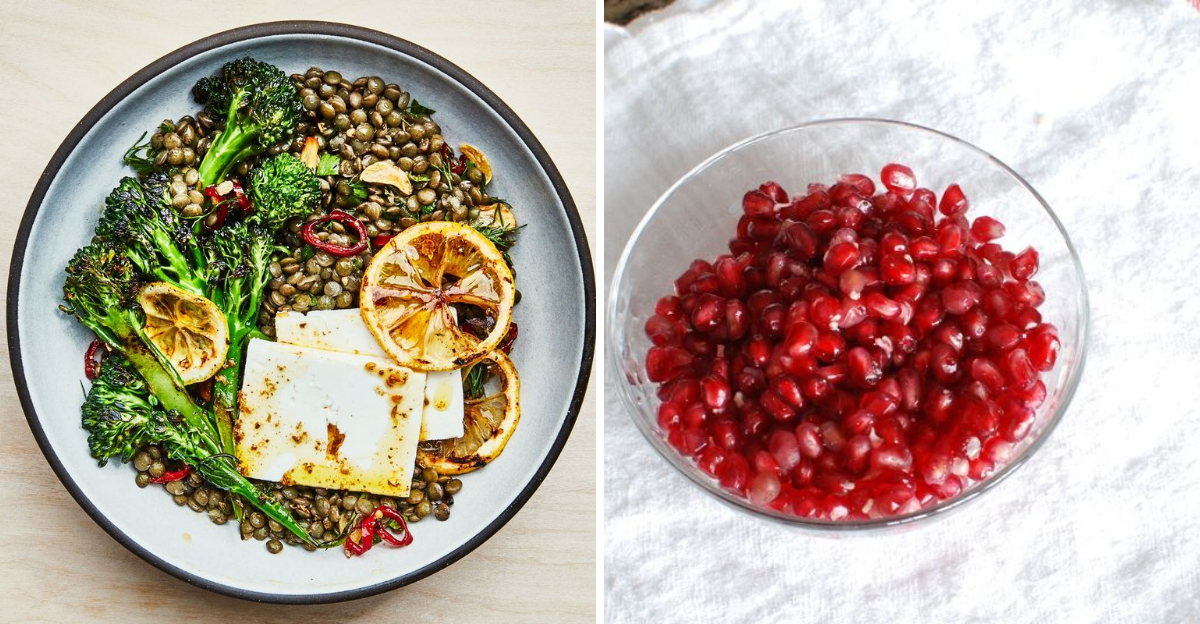
Exploring the culinary landscape of ancient times reveals dishes both fascinating and unappetizing. While some ancient foods are best left to history, others have found a cherished place in modern cuisine. This blog post delves into six ancient foods that might make you cringe and five biblical staples that continue to delight our taste buds today.
1. Garum (Fermented Fish Sauce)
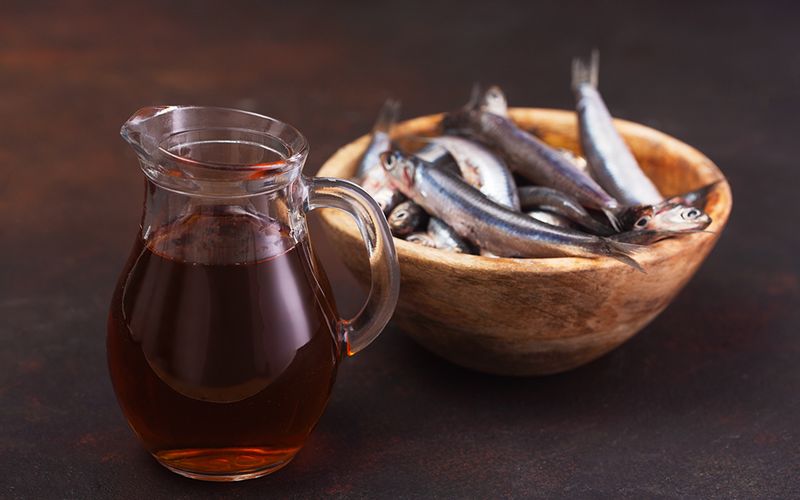
In ancient Rome, garum was the height of culinary sophistication. This fermented fish sauce, often made in clay jars, was both a staple and a status symbol. It packed an intense, pungent punch that today’s noses might find overwhelming. Imagine opening a clay jar only to be greeted by a smell akin to aged regret.
While Romans might have cherished it, modern diners would likely reserve it for daring friends. Still, garum’s role in history remains fascinating. Its use in Roman feasts reflects a culinary audacity that is both intriguing and, perhaps, best left to the past.
2. Unleavened Hardtack-Style Bread

Often compared to cardboard, unleavened hardtack-style bread was a staple for survival rather than flavor. This dense and dry bread was essential on long journeys and military campaigns. Its durability was its main selling point, not its palatability.
Bite into it, and your teeth might feel challenged by its toughness. Hardtack has seen many shapes and forms across cultures, but its role has always been utilitarian. It serves as a reminder of a time when food was valued for sustenance over enjoyment. Today, we prefer bread that doesn’t test our dental resilience.
3. Locusts

John the Baptist famously dined on locusts, a biblical delicacy that pushes the boundaries of modern palates. Roasted or honey-dipped, these insects were a protein source in times when options were limited. Yet, for most today, the idea of eating locusts remains unappetizing.
In certain cultures, insects remain a sustainable food source, but many prefer their protein without legs. Locusts in the Bible symbolize survival and resilience. While they may not grace our tables frequently, their story in biblical narratives is a testament to human adaptability and resourcefulness.
4. Oxen Fat and Organ Stew
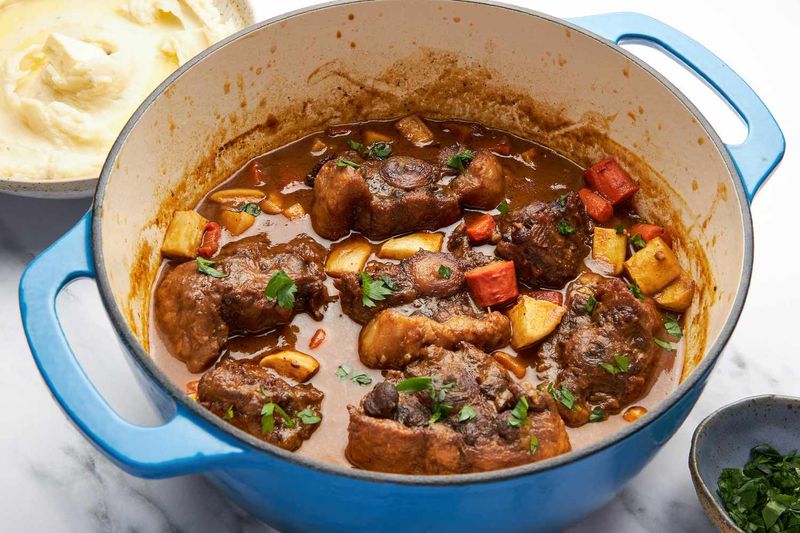
Ancient feasts often featured oxen fat and organ stew, a dish prized for its richness. This hearty mix of organ meats and fats was a symbol of abundance and prosperity. However, its greasiness and the difficulty in digesting it make it less appealing today.
Imagine a stew so rich that it challenges the stomach more than it satisfies the palate. While historically significant, this dish is better suited for rituals than contemporary dining. Its presence in ancient cultures highlights a time when food was both a source of sustenance and a communal experience.
5. Bitter Herbs Without Context
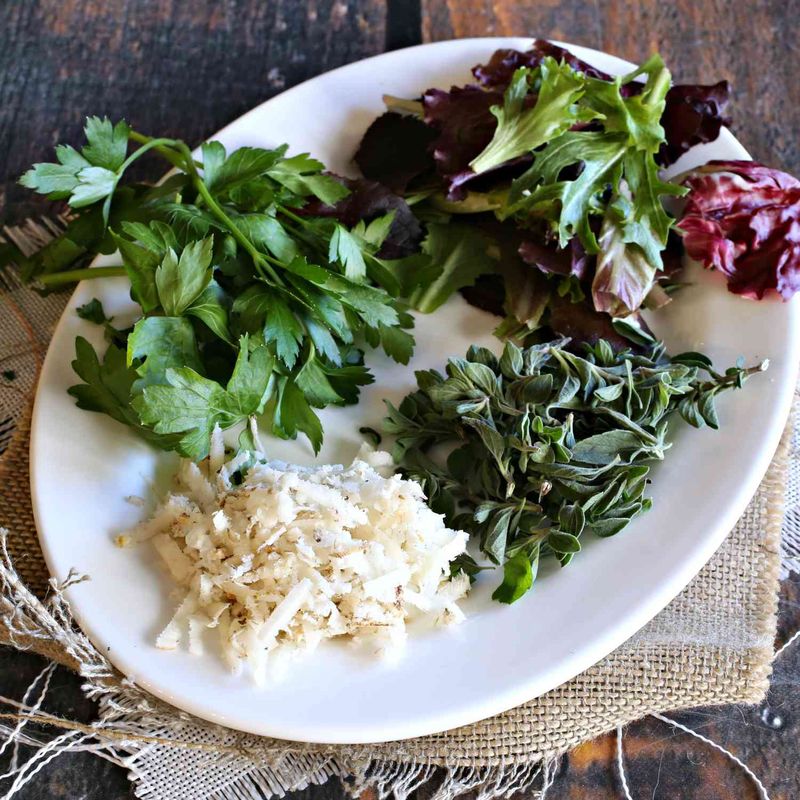
Bitter herbs have long held symbolic meaning, notably during Passover. However, on their own, they present a sharp, unseasoned, and rough experience for the taste buds. These herbs, such as horseradish, often served as a reminder of hardship and struggle.
Without their ceremonial context, their bitterness can be overwhelming. Today, we enjoy herbs with a balance of flavors that enhance rather than dominate dishes. Their role in ancient rituals remains significant, but as standalone ingredients, they are a stark reminder of the past’s culinary austerity.
6. Acorn Mush

Acorn mush, made from soaked and ground acorns to remove bitterness, offered more survival than satisfaction. This earthy, bland mush was a staple for those with limited resources. Its gritty texture and subdued flavor profile made it a necessary, if not beloved, food.
In harsh times, acorn mush was a testament to human ingenuity in the face of scarcity. While it may not win culinary awards today, it stands as a testament to survival and adaptation. Modern palates seek more vibrant flavors, preferring dishes that delight rather than merely sustain.
7. Olives and Olive Oil
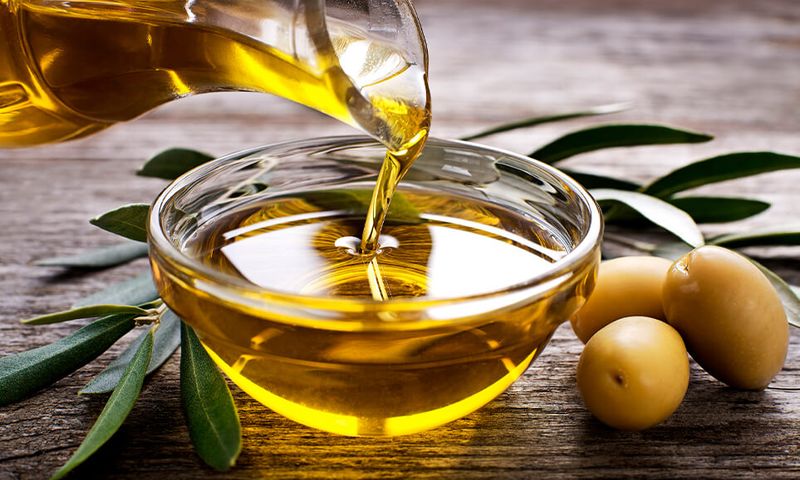
Olives and olive oil are cherished culinary treasures that have transcended time. Used for cooking, dipping, and drizzling, they are pure Mediterranean gold. Their rich flavors add depth to a wide array of dishes, from salads to savory breads.
Olive oil’s versatility in modern kitchens makes it indispensable. Its history is entwined with health, tradition, and flavor. Loved across cultures, olives symbolize peace and prosperity, bridging ancient and contemporary culinary practices. Their enduring presence in our diets is a testament to their beloved status.
8. Figs

Naturally sweet and chewy, figs are a delightful treat that has graced tables since biblical times. Whether enjoyed fresh, dried, or baked into tarts and breads, figs offer a burst of sweetness and fiber.
Their versatility and rich flavor profile make them a beloved staple in various cuisines. Figs are more than just a fruit; they are a symbol of abundance and fertility. Their enduring popularity is a testament to their delightful taste and nutritional benefits.
Figs continue to captivate palates, offering a taste of history with every bite.
9. Lentils
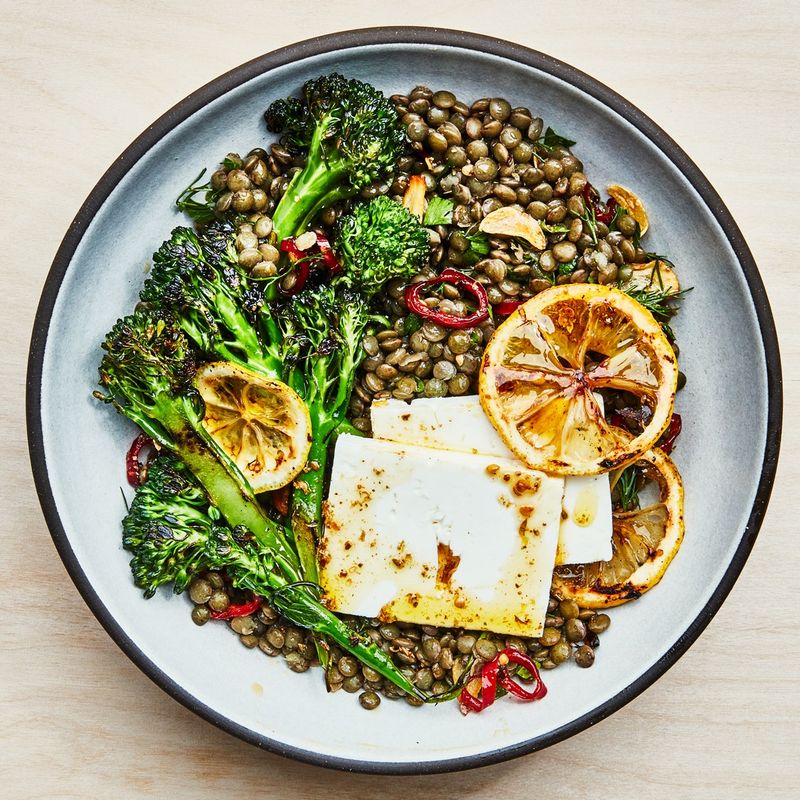
Lentils are a humble yet powerful ingredient that has nourished countless generations. Their affordability and protein-packed nature make them a versatile addition to a myriad of dishes. From hearty stews to nutritious salads, lentils offer a comforting, earthy flavor.
These tiny legumes are celebrated for their health benefits and adaptability. They symbolize simplicity and nourishment, having sustained people through countless seasons. Lentils are a culinary bridge between the ancient and modern worlds, continuing to be a staple in kitchens around the globe.
10. Pomegranates
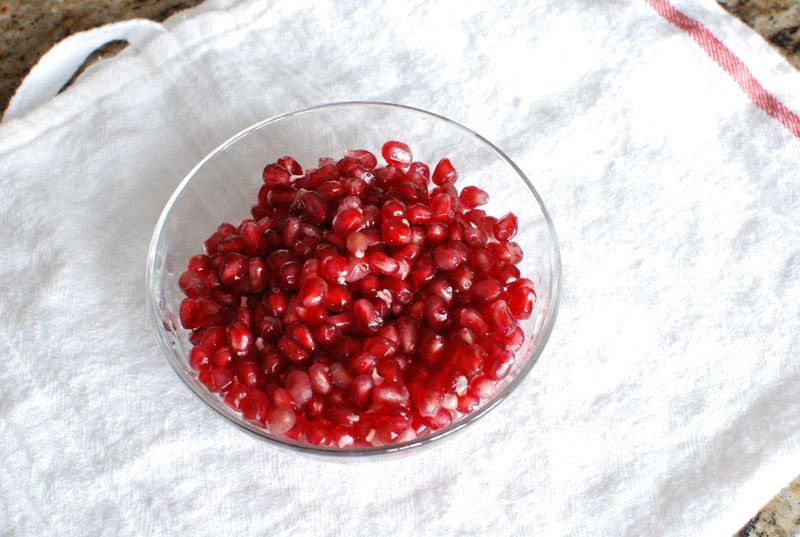
Pomegranates are ancient fruits that bring color and zing to myriad dishes. Their tart, juicy seeds are rich in antioxidants, making them a nutritious choice for health-conscious individuals.
Beyond their health benefits, pomegranates have a storied past, symbolizing fertility and prosperity in various cultures. Their jewel-like seeds add a burst of flavor to salads, grains, and desserts. Enjoying a pomegranate is both a visual and culinary delight, celebrating a fruit that has stood the test of time with grace and flavor.
11. Honey

Honey has been cherished since biblical times, renowned as a symbol of abundance and sweetness. This golden nectar is a versatile ingredient that enhances the flavor of everything from toast to roasted vegetables.
Its natural sweetness remains unmatched, offering a healthier alternative to processed sugars. Honey is more than just a sweetener; it’s a culinary legacy.
Celebrated across cultures, honey continues to be a pantry staple, beloved for its ability to elevate both simple and complex dishes. Its enduring appeal is a testament to its timeless charm.
